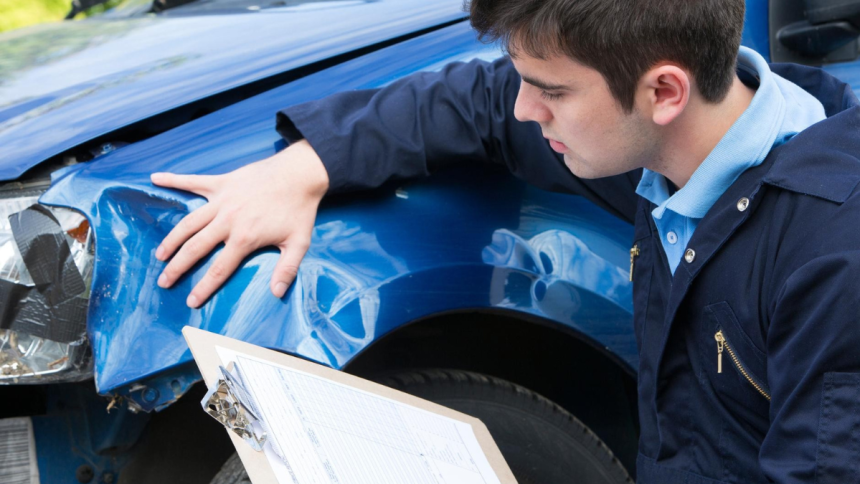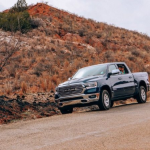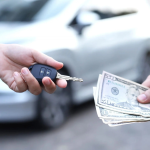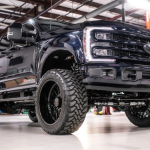Accidents will always be traumatic experiences; they affect people and property. Vehicles need significant repairs after a collision. For this reason, it is important to understand what a full collision repair service offers. Can it make your vehicle whole again and reduce anxiety during such difficult times? This guide discusses all the aspects of repairing your vehicle to bring it back to its pre-collision state.
Initial Assessment
Collision repair specialists at repair facilities thoroughly inspect the vehicle to understand what collision repairs will be needed. Inspectors assess how much obvious and hidden damage the vehicle carries. This step is important as it lays the groundwork for an accurate repair plan.
Estimating Costs
Once it is assessed, an estimate is generated. It estimates all expenses, including those related to parts and services. The quote facilitates communication between the repair facility and the vehicle owner, keeping the latter informed and managing their expectations. People must review this estimate as thoroughly as possible so that every part of the repair process is clear. If you need full collision repair, seek reputable repair services like Royans to ensure you have an effective yet affordable repair plan for your vehicle.
Insurance Coordination
Insurance is often the biggest factor for loss recovery during collision repairs. Many repair shops work directly with insurance companies to help facilitate the process of filing a claim. This involves submitting estimates, paperwork, and negotiating coverage items. Repair experts eliminate some pressures when dealing with insurance claims by working directly with insurance companies.
Dismantling and Ordering Parts
After the estimate is approved, repair services proceed to demolition. This step consists of taking out damaged parts to reach deeper layers. Specialists comb through the vehicle to take it apart piece by piece, not missing a single part. Replacement parts are ordered at this stage. Getting high-quality, compatible parts to restore vehicle integrity and performance is vital.
Structural Repair and Adjustment
When the dismantling is done, the focus shifts to structural repairs, which repair any frame or structural damage that may have occurred during the crash. Realigning the vehicle frame to manufacture specifications requires precision equipment. Proper alignment is crucial for a vehicle’s safety and optimal performance.
Body Repairs
Collision services consist of extensive body repair. When a vehicle is damaged in an accident, technicians begin by restoring the outside of the vehicle to its original state. This can include fixing dings and dents, replacing panels, and ensuring the bodywork panels line up seamlessly. Experts employ advanced techniques and tools to ensure a perfect finish.
Paintwork and Refinishing
A vehicle’s appearance is one of the most important factors in determining its overall monetary worth. Bodywork and paintwork can restore a damaged vehicle. To ensure colour matching, technicians paint the original shade after body repairs and check if it works. Once finalised, several layers are applied during the painting process. These layers usually consist of primers, base coats, and clear coats, providing a decorative and long-lasting finish.
Assembly and Quality Control
After repairs and paintwork are complete, the vehicle is reassembled. All components are carefully refitted and checked to ensure everything works well. This stage demands precision and utmost attention, as the components must be reassembled in line with the specifications for safety and performance. After reassembly, they conduct a quality control inspection. This widespread check ensures that repairs are consistent with industry standards. This gives vehicle owners much-needed peace of mind about the quality of vehicle parts, components, and labour.
Final Inspection and Prepping
A final check is done before the car is returned to its owner. Technicians scrutinise every inch inside out, from mechanical parts to cosmetic aspects, to ensure the vehicle is in perfect condition. This gives the owner peace of mind that the car is good to go before hitting the road.
Vehicle Return and Customer Communication
Clear communication is important throughout the repair process. This helps vehicle owners understand the status of their automobiles and alleviates anxiety, thus allowing manufacturers to build credibility over time. After that, they coordinate with the customer/owner to return the inspected vehicle. A seamless experience builds satisfaction and reaffirms the repair facility’s quality of service.
Conclusion
Studying the details of a full collision repair goes a long way when facing trying times. This includes everything from assessment to inspection, and each step is important to ensure that the vehicle is restored to its former glory. A trusted repair facility will ensure your vehicle gets the quality attention required to bring it back on the road legally and safely.
Lynn Martelli is an editor at Readability. She received her MFA in Creative Writing from Antioch University and has worked as an editor for over 10 years. Lynn has edited a wide variety of books, including fiction, non-fiction, memoirs, and more. In her free time, Lynn enjoys reading, writing, and spending time with her family and friends.















